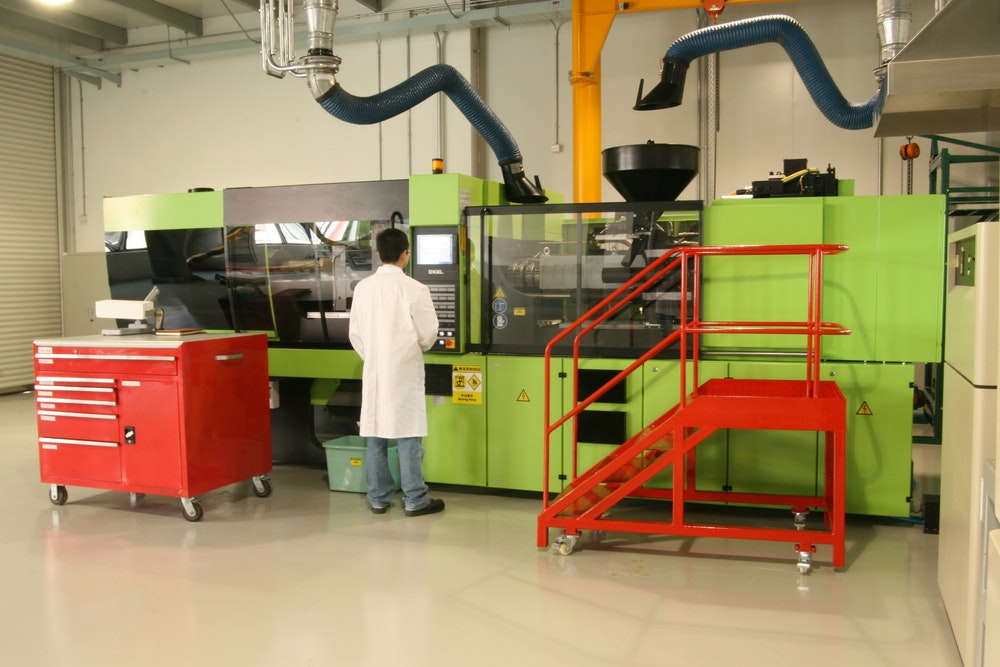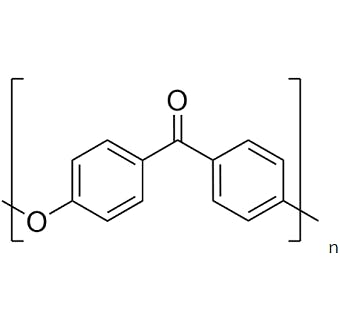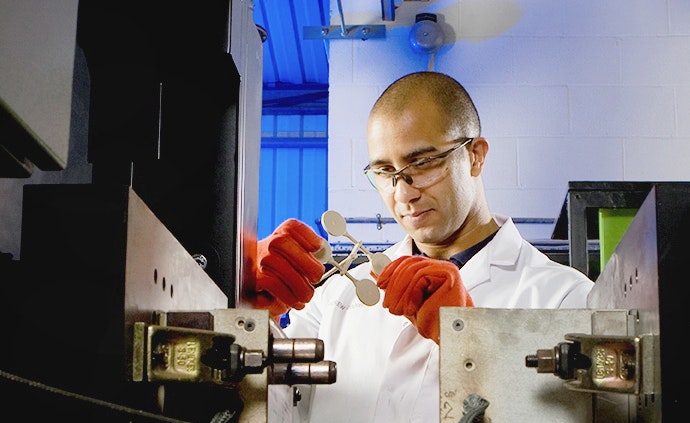#2 The importance of drying PEEK polymer
#2 is all about drying your PEEK polymer. PEEK granules are supplied nominally dry but may absorb
moisture from the atmosphere. In our datasheets and injection moulding guide, we provide some guidance
on drying. In short, we suggest drying the pellets on trays in circulating ovens for 2–3 hours at 150-160⁰C
or, alternatively, overnight drying – please refer to our guidance for further information. The aim is/should be
to reduce the residual moisture content to <0.02%. Dehumidifying or desiccant dryers may also be used and
must be capable of maintaining a dew point or saturation temperature of -40⁰C.
#3 Cleanliness is key
#3 is a big requirement – keep it clean! Any contamination
should be avoided when processing PEEK. As you will
appreciate, most other polymers will degrade at PEEK’s
processing temperatures and therefore it is imperative to
start with clean drying ovens, hoppers, injection moulders
and any other containers used to hold runners or parts.
Pull screws and properly clean and brush the barrel and
screw before starting to mould PEEK. Check for hang ups
in hoppers.

Regrind can be a big source of contamination and we suggest that you use dedicated equipment for the
regrinding of PEEK materials. Any contaminants during the injection moulding process will show up as black
specs in your final component.
#4 Use the biggest gates possible
Moving along the injection moulding process we come to #4 – PEEK likes big gates. Gate size is dependent
on the part volume, number of cavities and component geometry. PEEK is a semi-crystalline polymer and
exhibits much higher shrinkage compared to an amorphous thermoplastic. Moreover, cooling from a much
higher processing temperature to ambient causes more shrinkage compared to lower temperature
processing polymers. Using the biggest gates possible will enable that you fully pack out your component.
At Victrex, we have a general rule called the 2/3rds rule of the maximum section thickness of your
component. Depending on the grade of PEEK that you’ll be moulding this might be a minimum of 1mm for
unfilled PEEK and 2mm for compounds. Gate designs such as tab, side or fan gates are most commonly
used. Submarine or tunnel gates can be considered for very thin walls or small parts but tend to lead to
freeze off during moulding of bigger parts.
#5 Good temperature control
#5 is critical – good temperature control on your mould. As discussed in a previous blog post by John
Grasmeder, Chief Scientist at Victrex, on Polymer Crystallinity, the mould temperature is critical to obtain a
semi-crystalline component that can fully utilise PEEK’s unique set of properties. Let’s look at some
components that are not moulded correctly.
The extremes shown in a simple tensile bar.
Moulded component showing crystalline and amorphous areas.
The brown sections are the amorphous PEEK and the beige coloured sections are semi-crystalline PEEK.
To mould PEEK and its compounds successfully one needs to be able to maintain mould temperatures
between 170-200⁰C (to avoid quench-cooling into the amorphous state), depending on the grade being
moulded. It is important to note that this should not only be the set temperature on the mould, but indeed
the surface temperature on the mould. This can be achieved using electrical heaters for smaller parts and
oil heaters with isolated flow lines for larger shot sizes or tools with large/deep cores. Consider using
insulation boards between the mould and the machine platen as well as packing the tool with thermal
insulation for uniform temperature distribution across the mould.
In summary, there are many other factors that play a role in successful PEEK moulding, but the five outlined
above, are a good introduction to what is important when starting to mould PEEK.
-
Standard moulding equipment can be used to mould PEEK.
- Dry your PEEK pellets well before starting your moulding process.
- Keep the process clean - any contamination may cause problems during the moulding process.
- Use big gates to properly fill your mould and pack out your component.
- Have good control over the mould temperature to ensure semi-crystalline PEEK components.
Victrex´s technical service teams across the globe are available to support customers when injection
moulding questions come up. You can also download our Injection Moulding guide and datasheets from our
Victrex.com site or contact us through the various channels that are available on our website.










